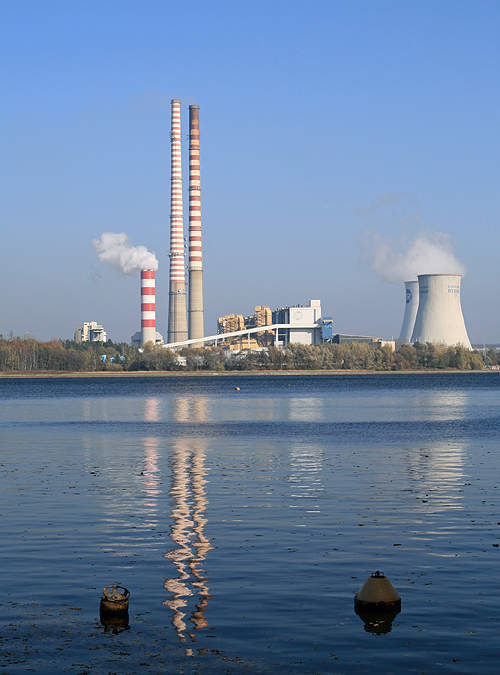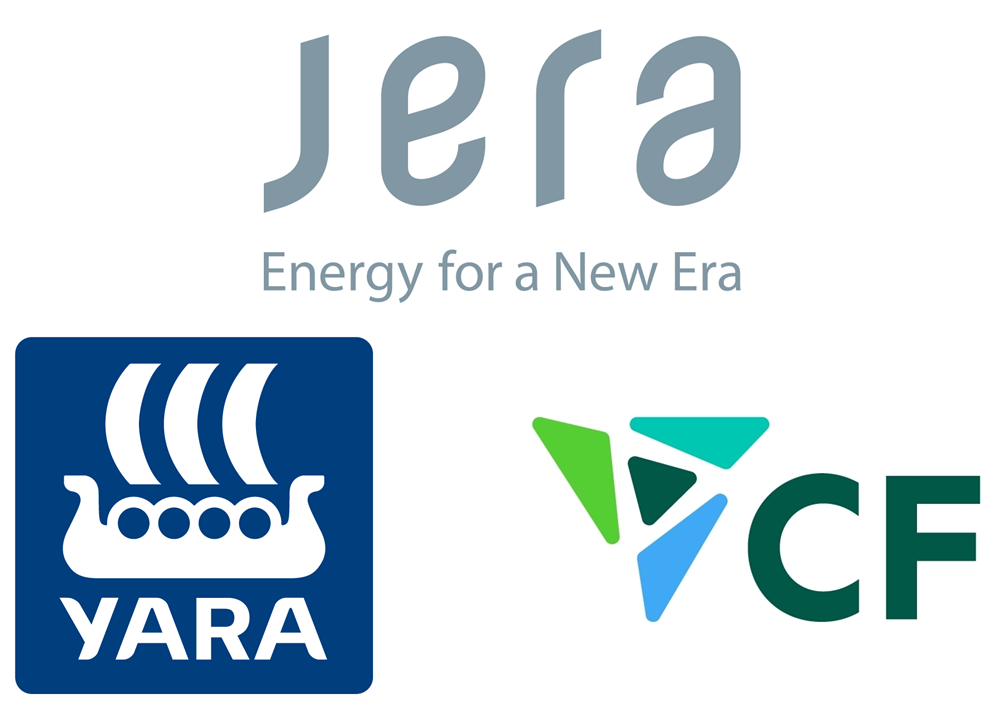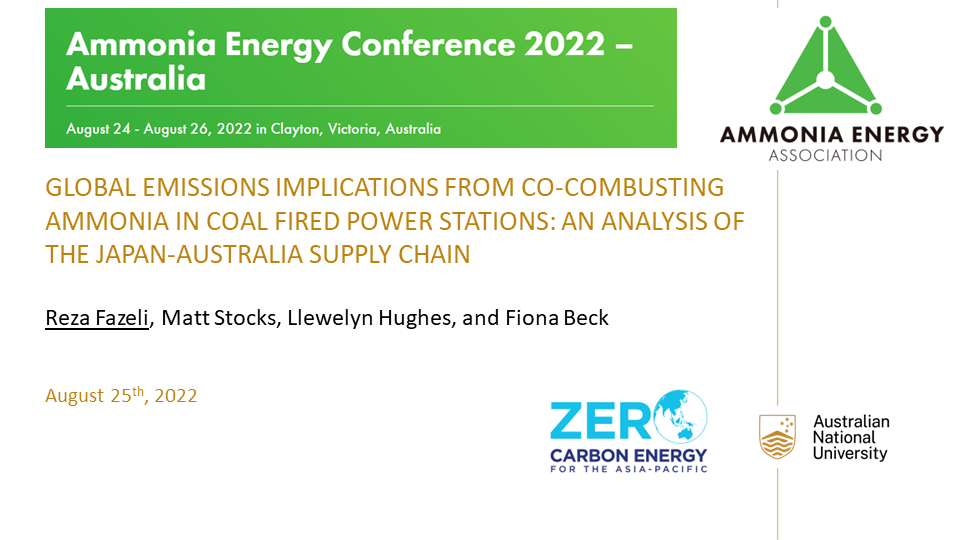Low-carbon ammonia in Baytown, Texas
Exxon Mobil is planning a CCS hydrogen & ammonia production facility at its existing complex in Baytown, Texas, with operations to begin in 2027-8. This week, Korea-based SK Inc. Materials announced they would act as off taker for the CCS ammonia, which will be imported to Korea for use in coal co-combustion.









